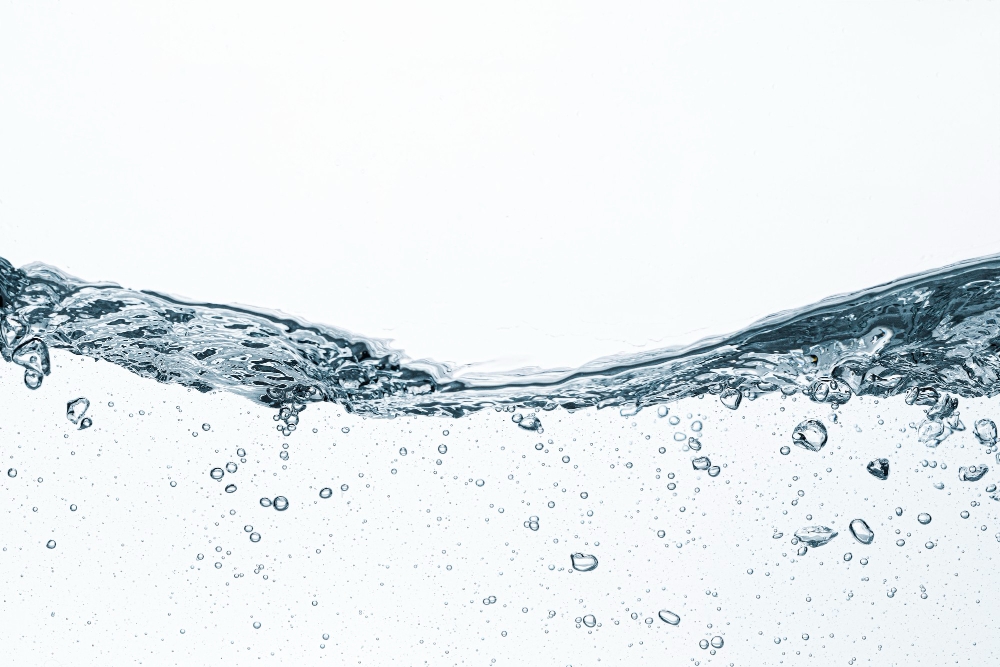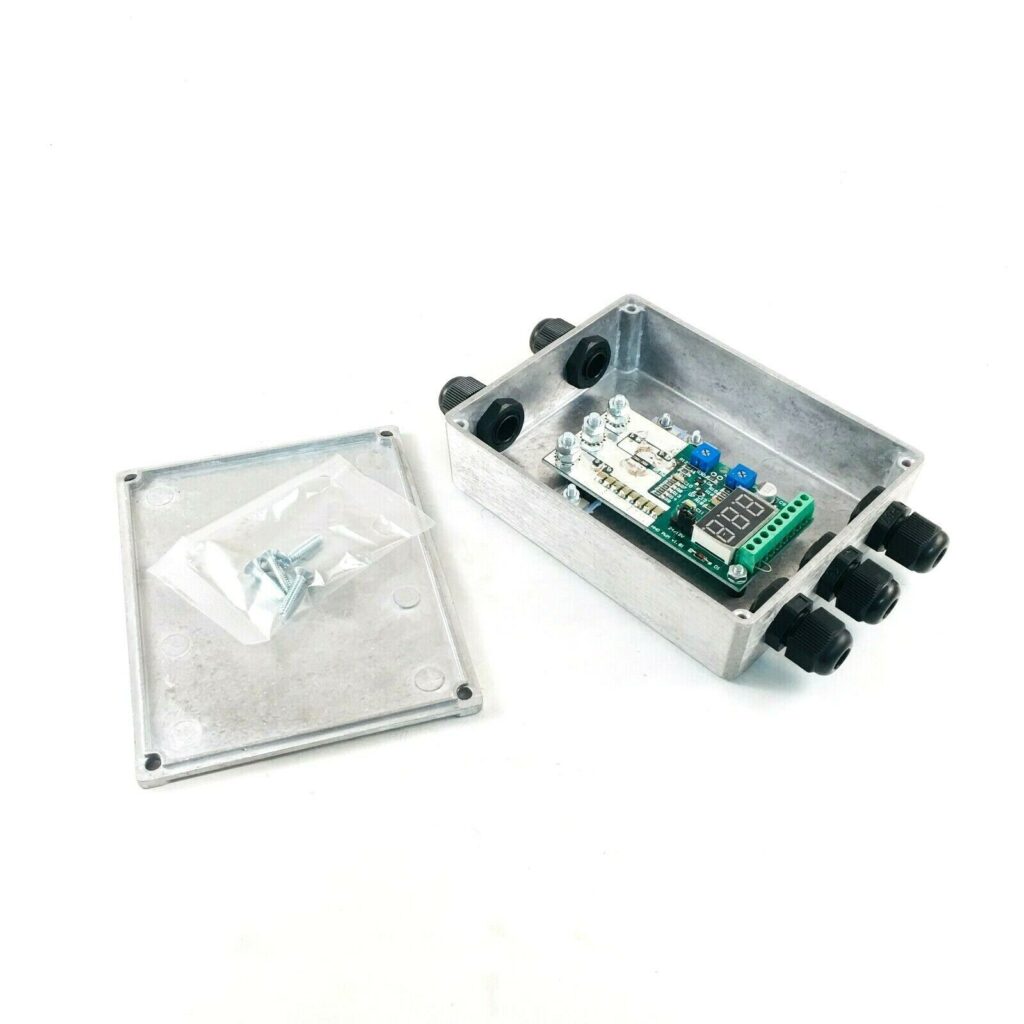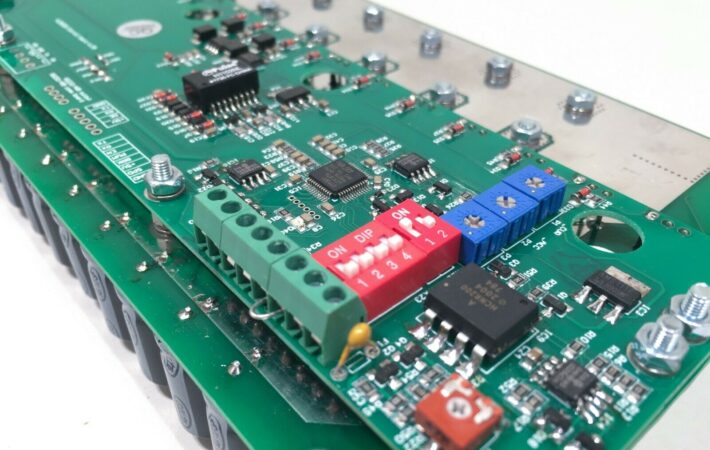HHO PWM Controller: The Key to Efficient Electrolysis
Hydrogen-based fuel systems (HHO generators) are becoming increasingly popular due to their ability to reduce fuel consumption and promote eco-friendly energy use.
One of the most essential components of these systems is the PWM (Pulse Width Modulation) controller, which plays a vital role in improving efficiency and ensuring safe electrolysis.
What is a PWM Controller?
A PWM controller is an electronic device that regulates current and frequency during electrolysis.
Its core function is to turn the current on and off in short intervals, enabling:
- Energy-efficient operation
- Reduced heat generation
- Extended HHO cell lifespan
- Minimized risk of overheating and excessive energy use
Moreover, PWM technology helps slow electrolyte degradation, reducing maintenance needs while maintaining stable hydrogen production.
How Does an HHO PWM Controller Work?
An HHO PWM controller operates based on these key principles:
- Current Regulation – Prevents excessive power draw, protecting the electrolyzer and power source.
- Efficiency Enhancement – Uses current pulses to minimize energy consumption and maximize hydrogen output.
- Temperature Control – Reduces heat generation by delivering power in short bursts, prolonging system lifespan.
- Safety Features – Includes built-in protection against short circuits, overheating, and automatic shutdown in case of faults.
- Automatic On/Off Switching – Some models detect engine activity, automatically activating or deactivating the HHO system for enhanced safety and convenience.
Choosing the Right HHO PWM Controller
When selecting a PWM controller for your HHO system, consider these factors:
- Current & Voltage Compatibility – Ensure it matches your HHO generator’s voltage needs (typically 12V or 24V).
- Maximum Current Load – Choose one that handles the required amperage (55A or 150A)
- Cooling & Protection – Opt for controllers with heat sinks and overheating protection.
- Display & Controls – Digital displays provide real-time monitoring of current and other critical data.
- Programmability & Fine-Tuning – Advanced models allow you to adjust pulse width and set maximum current limits.
Installation & Maintenance Tips
To ensure optimal performance and longevity, follow these key installation and maintenance tips:
- Use Proper Wiring – Select high-quality cables to prevent electrical losses and overheating.
- Install Fuses & Relays – Protect against short circuits and overloads.
- Perform Regular Checks – Inspect connections and controller functionality periodically.
- Monitor Cooling – If overheating occurs, improve ventilation or add heat sinks.
Conclusion
An HHO PWM controller is a crucial element in optimizing the electrolysis process. It enhances energy efficiency, protects the system, and maximizes hydrogen production.
By choosing the right controller, adjusting its settings, and performing regular maintenance, you can enjoy significant fuel savings and a more sustainable, eco-friendly fuel solution.





Leave a comment
Your email address will not be published. Required fields are marked *